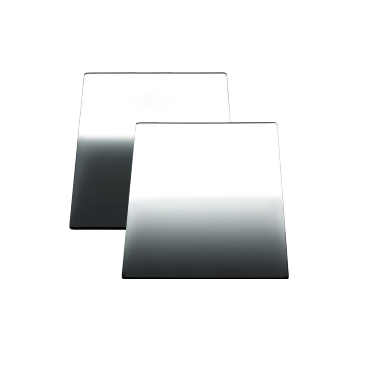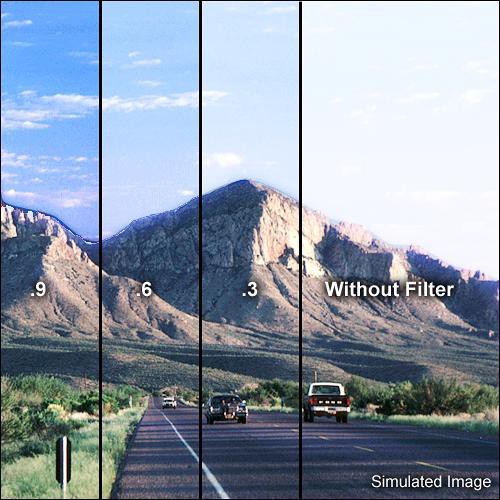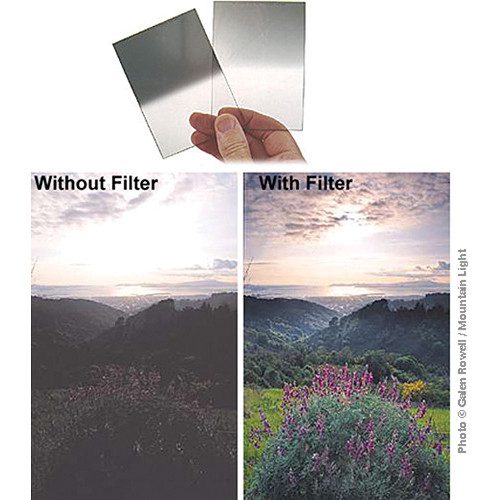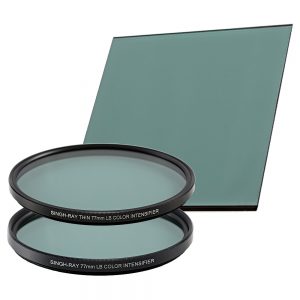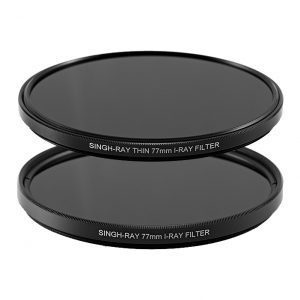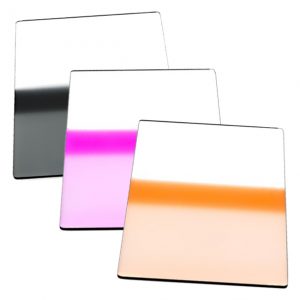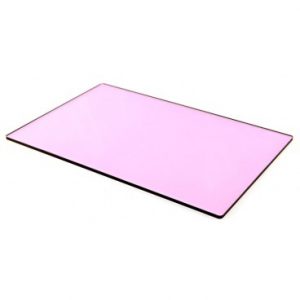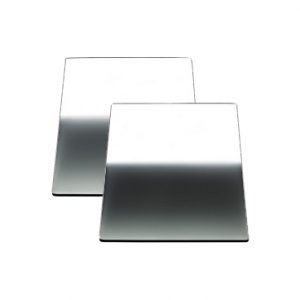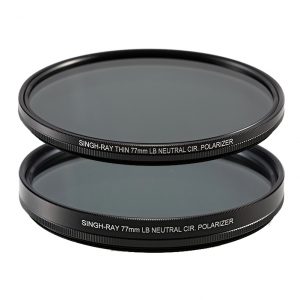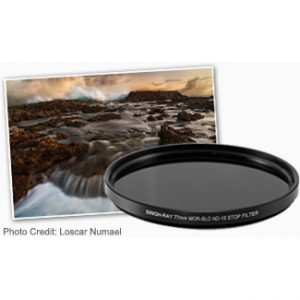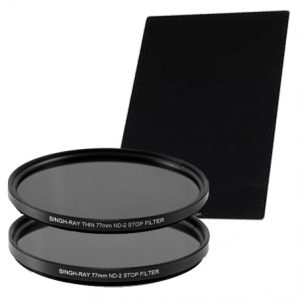Galen Rowell Graduated Neutral Density (ND) Filters
$99.00 – $375.00
Produce exciting, realistic images that contain the full contrast of the scene, in a single exposure, right in the camera. Singh-Ray pioneered these filters with legendary landscape photographer Galen Rowell. While they have since been copied by virtually every filter manufacturer, our Rowell grads remain the industry standard for optical quality and color fidelity.
Description
Many of the most dramatic landscape scenes we try to capture have a spread of highlights and shadows — bright skies and dark foregrounds — that exceeds the dynamic range of our camera.
The result is often an image that’s overexposed in the highlight areas or underexposed in the shadows — in other words, nothing close to the beautiful scene we were seeing. Some photographers take multiple exposures and try to recreate the scene with HDR software, but more often than not, the final image jumps out as “processed” and rarely looks realistic.
Why not try the simple tools used by top pros all over the world to achieve what we call “true high dynamic range”. Produce exciting, realistic images that contain the full contrast of the scene, in a single exposure, right in the camera.
Singh-Ray pioneered these filters with legendary landscape photographer Galen Rowell. While they have since been copied by virtually every filter manufacturer, our Rowell grads remain the industry standard for optical quality and color fidelity.
“I was lucky to have known the great Galen Rowell. These filters have been behind so many of my successful images. I’m sure thousands of other photographers would say the same thing. We should all be extremely thankful that Galen and Singh-Ray got together to develop these indispensable photography tools!” ~ Jack Graham
QUICK TIPS
- Use our soft-edge grads when the horizon line between sky and land is indistinct or when the line between shadow and light is indistinct.
- Use our hard-edge grads when the horizon line is well defined or when the line between light and shadow is distinct.
- If you’re new to ND grads, a good starting set would be the 3-stop soft-edge grad for water reflections and the 2 and 3-stop hard-edge grads for defined horizons and lines of shadow and light.
- Meter the foreground and set exposure in manual mode before moving the filter into position. Use your camera’s depth-of-field preview to see the exact position of the density shift and adjust the filter position accordingly.
- These filters can be stacked together up to a maximum of four (4) stops of density, without sacrificing color fidelity. Many photographers also use them together with our LB warming polarizer and Benson reverse ND grads.
- They are available in a variety of sizes, including those for P and X-Pro filter holders.
- Handholding these filters has become increasingly popular because it’s faster, there’s less gear to carry and it reduces the chance of vignetting (it’s usually the filter holder that results in vignetting).
- If handholding, consider a larger filter size, such as 4×6, which is easier to handle and reduces the possibility of including a fingertip or filter edge in your image. These filters are not just for landscapes, but can also be used inside to balance bright windows and darker interiors.
- Practice!
- To learn more about The Legendary Galen Rowell, read it here https://99s.143.myftpupload.com/the-story-behind-the-legendary-galen-rowell/
With Singh-Ray Rowell ND grads, you’ll quickly learn how to balance bright skies with darker foregrounds for far more natural images than you could ever achieve with multiple exposures and software.
Additional tips and observations from Darwin Wiggett
- The longer the focal length used, the less sharp the grad line becomes.
- Wide-angle lenses give the sharpest grad line.
- Smaller apertures like f22 result in a sharper grad line.
- The further the grad filter is held from the front of the lens, the sharper the grad line will appear.
- The closer the lens is focused, the less distinct the grad line.

Darwin Wiggett (darwinwiggett.com)
| No Filter | With Rowell 2-stop, hard-edge ND |

Darwin Wiggett (darwinwiggett.com)
| No Filter | With LB Warming Polarizer | With LB Warming Polarizer and Rowell 3-stop, Soft-edge ND |
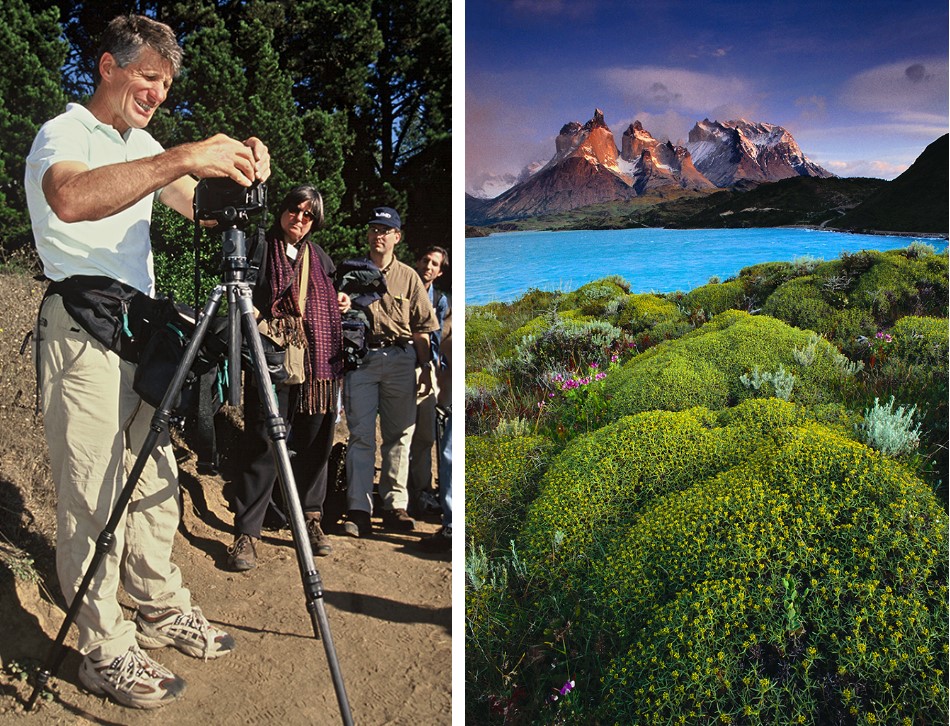 Jerry Dodrill -Galen Rowell / Mountain Light
Jerry Dodrill -Galen Rowell / Mountain Light
The late Galen Rowell demonstrating the use of a Rowell Graduated ND filter during a workshop in 1999.

Gary Crabbe (www.enlightphoto.com)
“I was shooting film when I first starting using Singh-Ray graduated ND filters, and I still use them as much today. With digital, they help me capture the best possible exposure in the field, saving me hours of time trying to balance a scene at the computer.” ~ Gary Crabbe

Edwin Martinez (www.edwinmartinezphoto.com)
You may also like…
-
Daryl Benson Reverse Graduated Filters
$120.00 – $390.00 Select options This product has multiple variants. The options may be chosen on the product page -
LB “Lighter, Brighter” Neutral Circular Polarizers (CPL Filter)
$210.00 – $470.00 Select options This product has multiple variants. The options may be chosen on the product page -
Mor-Slo™ Solid Neutral Density (ND) Filters
$250.00 – $670.00 Select options This product has multiple variants. The options may be chosen on the product page -
George Lepp Solid Neutral Density (ND) Filters
$99.00 – $425.00 Select options This product has multiple variants. The options may be chosen on the product page

